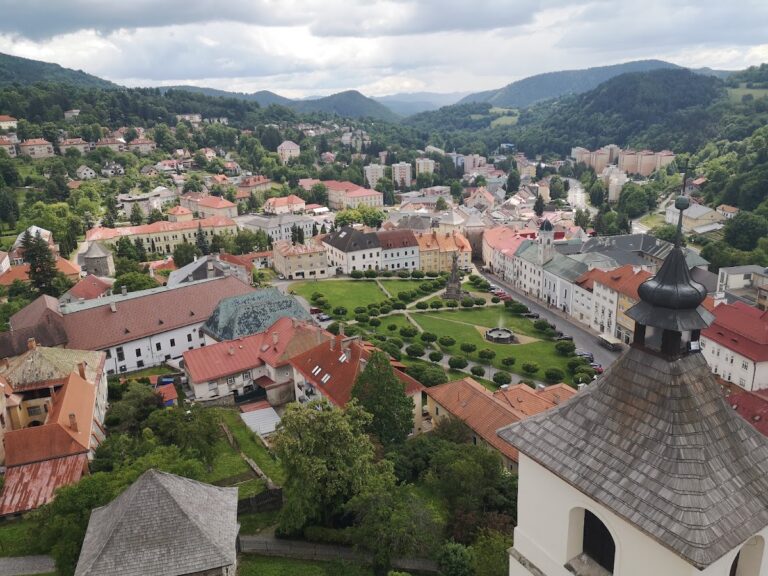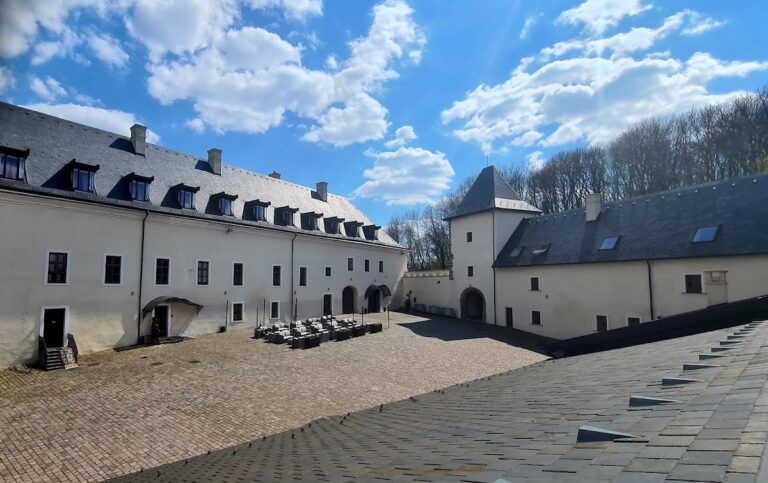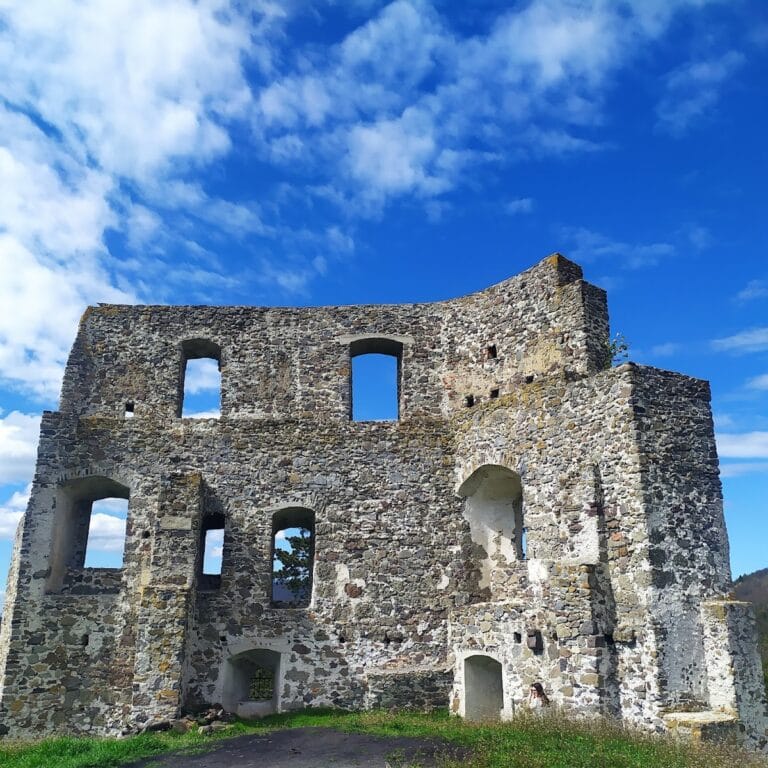Banská Bystrica Castle: A Historic Fortress in Slovakia
Visitor Information
Google Rating: 4.6
Popularity: Low
Google Maps: View on Google Maps
Official Website: www.visitbanskabystrica.sk
Country: Slovakia
Civilization: Unclassified
Remains: Military
History
Banská Bystrica Castle is located in the town of Banská Bystrica in present-day Slovakia. It originated in connection with an early mining settlement that existed before the formal founding of the city. This mining community was centered around the parish Church of the Assumption of the Virgin Mary, which stood as early as the 13th century and later became the nucleus of the fortress during the late Middle Ages.
The castle’s primary purpose was closely tied to the protection of mining revenues, particularly from the extraction of copper and silver, vital precious metals in the region. It also guarded the royal treasury, hosting representatives of both the monarchy and the church. Beyond its defensive role, the castle served as an administrative and civic hub, including functioning as a meeting site for the city council.
In the late 15th century, inspired by the fortifications of Kremnica, local inhabitants enhanced the defenses around the parish church. This phase saw the addition of administrative structures such as the Gothic King Matthias House, constructed in 1479, the town hall around 1500, and the Church of the Holy Cross completed in 1492. The latter earned the name Slovak Church due to the predominantly Slovak congregation it served. Fortifications were strengthened with a tall stone wall, circular bastions, and a main gate accompanied by a barbican, finalized in 1512. This entrance was cleverly designed with separate portals for carts and pedestrians.
During the early 16th century, the parish church underwent a significant late Gothic reconstruction. Notable features from this renovation include a rib-vaulted oratory, the side chapel of St. Barbara, a winged altar created by Master Paul of Levoča, and a bronze baptismal font crafted by Master Jodok. The original main altar, reputed to be grander than that of the famous Levoča church, was lost to a fire in 1761. It was replaced in 1767 by a Baroque altar adorned with paintings by Johann Lucas Kracker, an Austrian artist. At the same time, the Gothic vault, which had collapsed, was substituted with a Baroque vault decorated with illusionistic frescoes by Anton Schmidt.
The castle complex expanded in the mid-16th century to include the town hall, which underwent major rebuilding in 1546. Later, it received façade enhancements and a Renaissance attic decorated with swallowtail merlons—crenellations shaped like a swallow’s tail—added between 1564 and 1565 under the direction of master Peregrinus.
Recognized today as an important national cultural monument, the castle enjoyed extensive restoration in 2005. Since 2009, it has been home to a café and restaurant, maintaining its role as a central landmark within Banská Bystrica.
Remains
The Banská Bystrica Castle complex is a cohesive ensemble of medieval and Renaissance structures surrounded by substantial stone fortifications. Its layout centers on several key buildings including the parish Church of the Assumption of the Virgin Mary, the King Matthias House, the Slovak Church (also known as the Church of the Holy Cross), the town hall, the parsonage, and defensive walls with bastions and a barbican gate.
The parish church itself is a single-nave Gothic building featuring an extended presbytery (the area near the altar) with chapels and an oratory on both sides. Its Romanesque tower dates back to the 13th century, preserving an early architectural element amidst later Gothic transformations. Architectural details include late Gothic pointed window tracery featuring flame-shaped patterns, ornate corbels displaying scenes related to the seven deadly sins, and several pinnacles and a baldachin (a canopy-like structure). On the church’s exterior, painted rustication—an illusionistic treatment mimicking large stone blocks—is visible, alongside notable relief sculptures such as Christ on the Mount of Olives located on the tower corner, and fragments of a circa 1500 Annunciation scene.
Inside, the main space is covered by Prussian vaults, a type of ribbed ceiling, and exhibits a consistent late Baroque style with wall paintings. These Baroque modifications harmoniously integrate with remaining late Gothic elements, including complex rib vaulted and star-shaped patterns found in the side chapels, oratory, and sacristy. Among the original furnishings still preserved or relocated within the church are the altar of St. Barbara, an intricately carved Gothic baptismal font, and several Gothic panel paintings.
The Slovak Church retains a late Gothic portal with intersecting vertical and horizontal stone bars—known as mullions—from the late 15th century. Although it now features a Baroque façade, this gateway still conveys the building’s medieval origins.
The King Matthias House is a multi-storey structure notable for maintaining its original façade design despite some later modifications during the Romantic period. Its walls are accentuated by painted rustication, preserving the visual impression of large stone blocks typical of the Gothic era.
The town hall, constructed as a block-shaped building originally adjoined to the castle fortifications, preserves its Renaissance character. A columned arcade once connected the hall to the defensive walls. The upper part of the façade features swallowtail merlons, a distinctive battlement shape typical of Renaissance fortifications, although some of these elements have been filled in.
Surrounding the complex, the fortifications include a tall stone wall reinforced by circular bastions, designed to improve defense. The main gateway built in 1512 incorporates a barbican—a fortified outwork protecting the entrance—and cleverly separates entrances for carts and pedestrians, facilitating controlled access.
The bell tower houses three bells known by their respective names and weights: General (6,000 kilograms), Median (2,500 kilograms, but currently cracked), and Special (1,300 kilograms). On Sundays and major holidays, only the General and Special bells ring at specific times, continuing a centuries-old auditory tradition linked to the castle and its surroundings.










